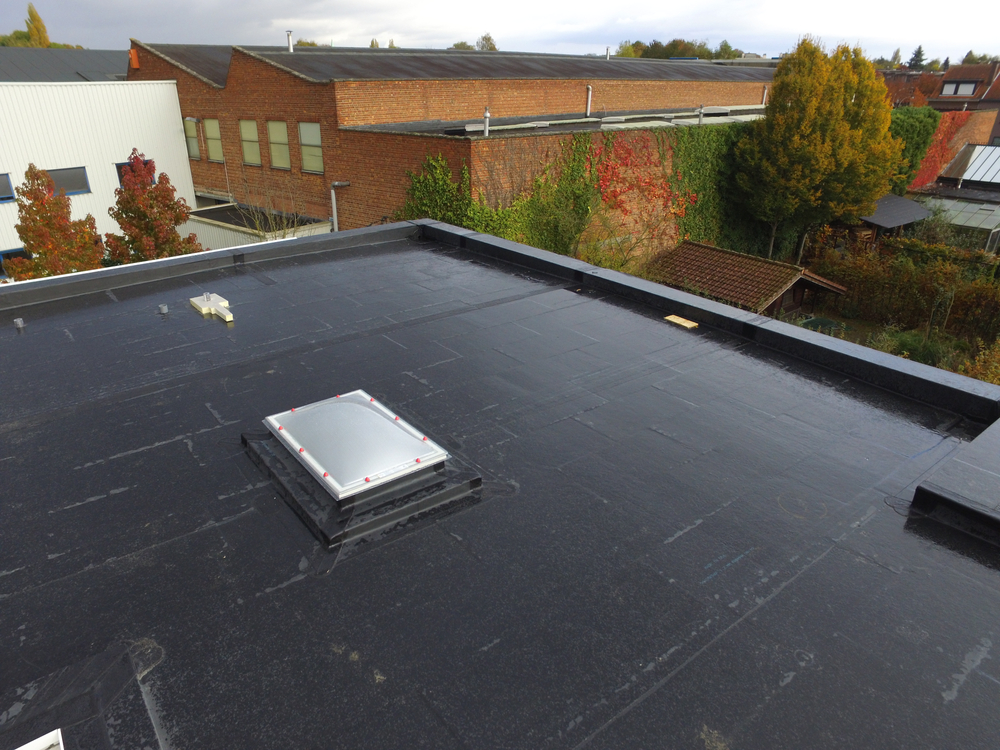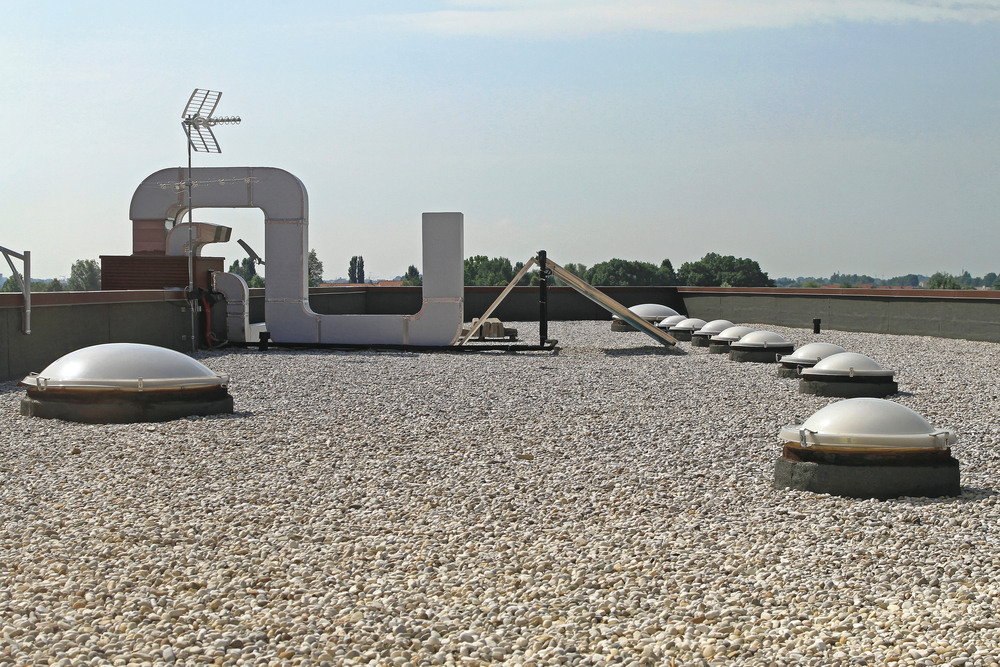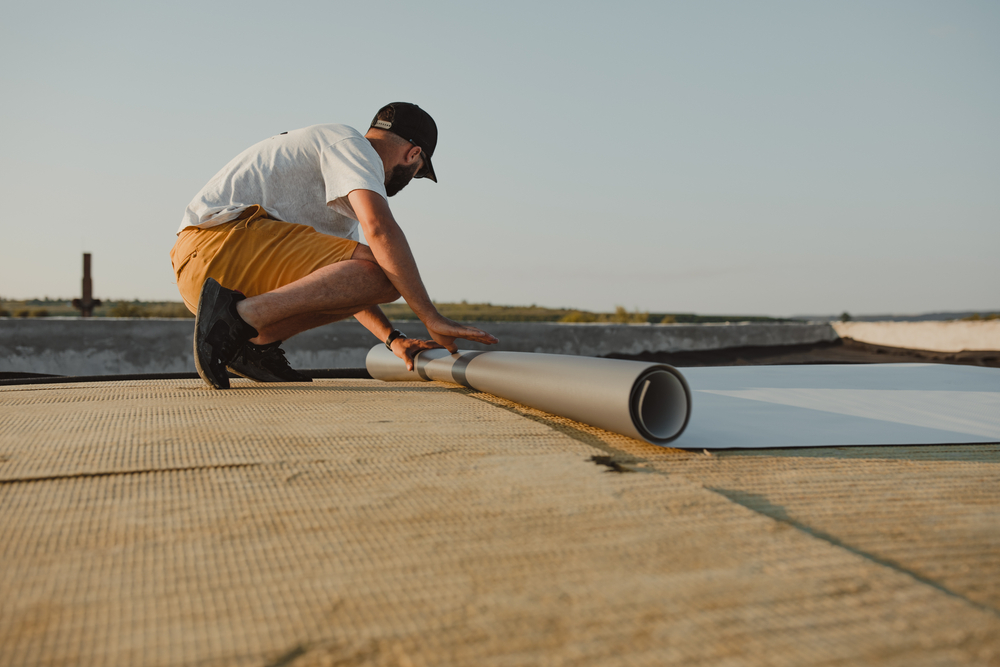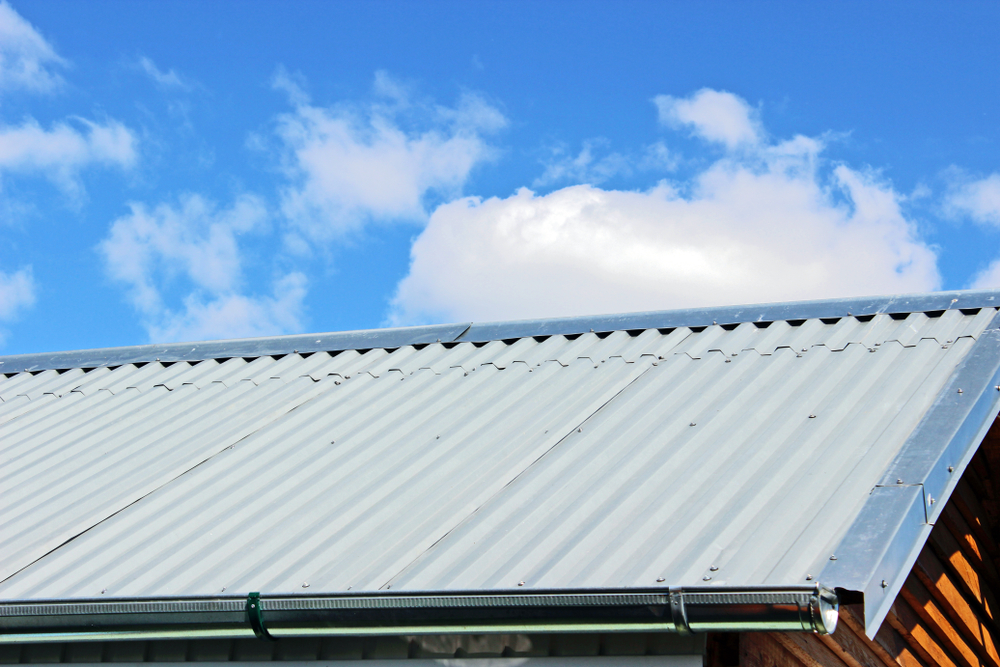
Types Of Commercial Roof Repair

No building is complete without a sturdy roof to keep the elements out. When your commercial roofing system shows signs of age and wear and tear, it’s important to get repairs done as soon as possible to avoid future damage. There are several types of commercial roof repair that you may need depending on the type of commercial roofing materials used on your commercial property, so it’s important to know what to look for. In this blog post, we’ll discuss the different types of repair and what to expect from each one.
1. Metal Roofing System:

Metal roofs are one of the most popular commercial roof types used widely in commercial roofing systems. They are available in different materials, including metal tile sheets, corrugated galvanized steel, stainless steel, silicon-coated steel, copper, aluminum, and more. Metal commercial roofing systems are durable and come with high fire-resistant ratings. They often have protective membranes to prevent rusting and damage from exposure to sunlight and other environmental factors.
Repair Process:
Repairing metal roofs can be slightly costly, but the repair process is relatively straightforward and can be completed quickly. Seam reinforcement and silicon application are two of the most common types of repairs for metal roofs. Seam reinforcement involves welding or attaching new metal flashing to the roof’s seams to prevent water and air from entering through gaps. Silicon application is a process in which a silicone-based sealant is applied to the roof to fill in cracks and gaps. This type of repair can be completed quickly and easily.
2. EPDM Roof Membrane :

EPDM roofing, also known as thermoset roofing, is a versatile and long-lasting commercial roofing material. It is constructed from a single-ply rubber material and has a simple installation process. EPDM roofs have a solid resistance to ozone and ultraviolet light and are also resistant to some solvents, acids, and alcohol. They are flexible in colder temperatures and have reflective properties that can help reduce cooling expenses.
Repair Process:
Repairing an EPDM roof is relatively easy and can be done quickly by any professional commercial roofing contractor. The most common type of repair for this roofing material is patching. This involves applying a new piece of EPDM rubber over the damaged area and heat-sealing it.
3. Built-Up Roofing or BUR Membrane:

Built-up roofing systems are among the most durable and cost-effective options for low-slope roofs. They are composed of multiple layers of tar and gravel, which provide superior protection against wind and water damage. While built-up roofing systems require periodic maintenance, they typically only require repair when severe weather or other external forces cause damage to the roof membranes or structure. When built-up roofing systems require repair, the process is typically straightforward and can be completed by a qualified contractor. As a result, built-up roofing systems are an excellent choice for those looking for a durable and cost-effective roofing solution.
Repair Process:
A silicone roof coating can be an excellent option for repairing a smooth built-up roof (BUR). This type of roof coating is applied to the roof surface and then cured, creating a seamless and durable barrier that will protect your roof from future damage. For a Built-up roof with loose gravel, a spray foam roofing system may be a better option.
4. PVC, TPO Roof Membrane:

PVC and TPO roofing membranes are two of the most popular types of commercial roofing materials. PVC roofs are made from a solid vinyl material that is heat-welded together, while TPO roofs are made from a single-ply rubber material. Both PVC and TPO roofs are highly resistant to severe weather conditions. They are also easy to install and come with highly reflective properties that can help reduce cooling costs.
Repair Process:
PVC and TPO roofs typically only require repair when severe weather or other external forces damage them. For PVC and TPO roofs, the Fluid Applied Reinforced Roof (FARR) can help repair and even restore your system. By creating a smooth surface with no cracks or crevices, TPO helps keep your internal building systems dry and protected from the elements.
5. Low Slope Roof System:

Low slope roof systems are designed for commercial buildings with a flat or gently sloped roof. They are available in various materials, including built-up roofs, single-ply membranes, metal roofs, and more. While there are many advantages to low slope roofs, they are more susceptible to leakage than other types of roofs. Also, the chance of ice and water accumulation is more significant on these roofs, which could lead to roof collapse.
Repair Process:
The repair process for low slope roofs will vary depending on the roofing material. However, it is essential to have a qualified contractor assess the damage and determine the best course of corrective action. Repairs can sometimes be made by simply patching the damaged areas. In other cases, more extensive repairs like flashing, self-adhering bituminous membrane, or manual sealing may be required.
Maintaining your commercial roof is essential to protecting your property and running your business smoothly. By knowing the different types of commercial roofs and their repair needs, you can be sure your roof is in good condition and can withstand the elements. Contact a qualified roofing contractor in Asheville, North Carolina, for more information about commercial roofing or to schedule a roof inspection.

